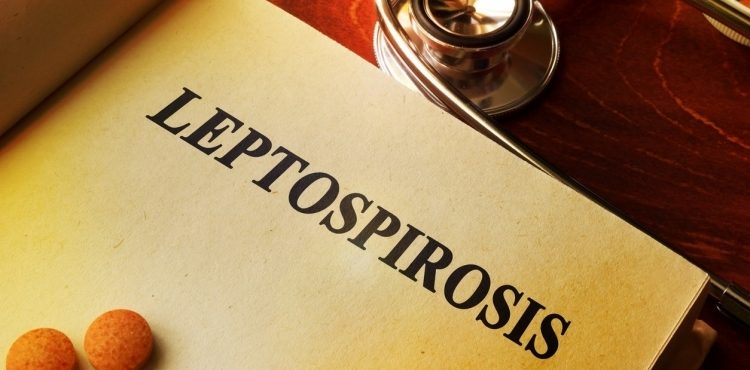
Need for evidence-informed funding for Leptospirosis research in India
NEW DELHI, July 31. The George Institute for Global Health India today released an evidence gap map (EGM) that analysed 557 research studies conducted on leptospirosis in India. The analysis highlighted gaps in research for basic biomedical research, epidemiology (disease distribution and risk factors), diagnostic tests and prevention, management and control efforts to address the problem of Leptospirosis. The development of the evidence-gap map was supported by the Indian Council of Medical Research (ICMR) and is expected to inform future strategic decisions in the area of research.
Leptospirosis is an infectious disease which peaks seasonally, often in the form of outbreaks. The Kerala Floods last saw Leptospirosis outbreaks and the Maharashtra government this year is taking pre-emptive steps to prevent outbreaks. In the recent past, there has been a surge in incidence and outbreaks of leptospirosis with cases reported from several states in India. The National Centre for Disease Control identifies Andaman & Nicobar, Gujarat (4 districts), Kerala (14 districts affected), Maharashtra (4 districts and Mumbai), Karnataka (9 districts) and Tamil Nadu (2 districts and Chennai) as areas of high burden.
A National Program for Control and Prevention of leptospirosis in endemic states was started by the Ministry of Health and Family Welfare in 2015. The Indian Council of Medical Research, (ICMR) Expert Committee on Leptospirosis identified the need to inform future strategic decisions for research through systematic appraisal of available research in the country. ICMR entrusted The George Institute with developing an evidence-gap map for Leptospirosis research in India.
The EGM project focussed on developing visual maps of available research on Leptospirosis in India.
“Incremental increase in knowledge is a key tenet of science. Public funding of research should be to fill existing gaps and tools like Evidence Gap Maps facilitate the process. We are glad to have indigenously buitd on previous work to develop maps across the domain for a condition such that they can inform research priorities nationally.” said Dr Soumyadeep Bhaumik, the lead for the project and Research Fellow at The George Institute for Global Health, India.
Under the project, an advisory committee consisting of key stakeholders was constituted to guide the development of multiple EGMs and multiple databases and websites were search to identify research studies on Leptospirosis in India which was mapped under four broad domains: basic biomedical research, epidemiology (disease distribution and risk factors), diagnostic tests and prevention, management and control efforts. Key research gaps the project identified are shown below.
Key research gaps in Leptospirosis research in India
- There is limited basic biomedical research on developing new drug targets and/or leading to development of diagnostic tests.
- The number of rigorous studies on rapid diagnostic kits for detecting Leptospirosis is few and they have not been evaluated in different settings.
- There are only a couple of studies on clinical diagnostic criteria for diagnosing Leptospirosis. There is immense need to fund more research on it considering its immense utility.
- Risk factors for leptospirosis in high-risk groups like farmers, miners, slaughterhouse workers, sanitation/sewer workers and tribal people is poorly researched. Future funding should also focus in understanding risk in animals and the animal-human interface.
A Consultative Meeting on Evidence Gap Maps (EGM) to identify research priorities for Leptospirosis in India was held at The George Institute, India today. The consultation presented the evidence gap-maps and highlighted key gaps in research. The EGMs have been developed in formats to facilitate stakeholder visualisation and usage for decision-making were also discussed. At the meeting, the indigenous cost-effective approach to develop EGMs and related methodological innovations were also discussed.
Learn More about Evidence Gap Maps here
Visual Schematics of the Maps can be seen here


